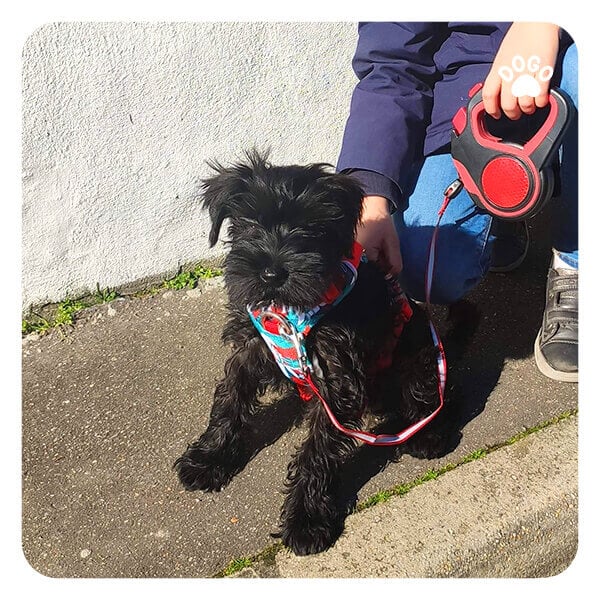Understanding the Importance of Leash Training
Walking on a leash is not just about controlling your dog’s movements; it’s also about ensuring their safety and the safety of others around them. Leash training helps prevent your dog from running into dangerous situations, such as traffic or confrontations with other animals. Additionally, it allows you to build a stronger bond with your dog and provides them with mental stimulation and physical exercise.
Getting Started: Choosing the Right Equipment
Before you begin leash training, it’s crucial to select the right equipment. A properly fitted harness or collar and a sturdy leash are essential. Harnesses are often recommended for dogs who tend to pull, as they distribute pressure more evenly across the dog’s body. When choosing a leash, opt for one that is comfortable to hold and provides you with enough control over your dog without causing discomfort.
Building Positive Associations
Associating the leash with positive experiences is key to successful leash training. Start by allowing your dog to investigate and get comfortable with the leash and harness. Encourage them with treats, praise, and gentle petting as they become accustomed to wearing the equipment. This step lays the foundation for a positive attitude towards leash-walking.
Introducing Controlled Walking
Once your dog is comfortable wearing the leash and harness, it’s time to introduce controlled walking. Begin in a quiet, familiar environment to minimize distractions. Use treats and verbal praise to encourage your dog to walk beside you. Start with short, relaxed walks, gradually increasing the duration as your dog becomes more confident. Remember to keep the leash loose and maintain a steady pace.
Addressing Pulling Behavior
Many dogs naturally pull on the leash, especially when they’re excited or curious about their surroundings. To address this behavior, it’s important to remain patient and consistent. When your dog pulls, stop walking and wait for them to calm down. Once they relax and the leash loosens, resume walking. Over time, your dog will learn that pulling doesn’t lead to progress, while walking politely results in forward movement.
Practicing Distraction Training
Distractions are a common challenge during leash training. To help your dog stay focused, practice walking in different environments with varying levels of distractions. Gradually expose your dog to new sights, sounds, and smells, rewarding them for maintaining good leash manners despite the added stimuli. Consistent exposure to distractions will help reinforce positive walking behavior.
Developing a Routine
Consistency is key when teaching your dog to walk on a leash. Establishing a regular walking routine, including designated times and routes, helps your dog understand what is expected of them. Dogs thrive on routine, and a predictable schedule can contribute to their overall well-being and training success.
Celebrating Progress
Leash training is a gradual process, and it’s important to celebrate every milestone along the way. Whether your dog masters walking calmly beside you or successfully ignores a tempting distraction, acknowledge their achievements with praise, treats, and affection. Positive reinforcement enhances the bond between you and your dog while motivating them to continue improving their leash skills.Teaching your dog to walk on a leash requires patience, consistency, and understanding. By using positive reinforcement and gradual exposure to different environments, you can help your dog develop good leash manners and enjoy safe, pleasant walks together. Remember that every dog learns at their own pace, so be patient and empathetic throughout the training process. With time and dedication, you’ll both reap the benefits of successful leash training, creating a stronger bond and a happier, well-behaved companion for years to come.[/fusion_text]




